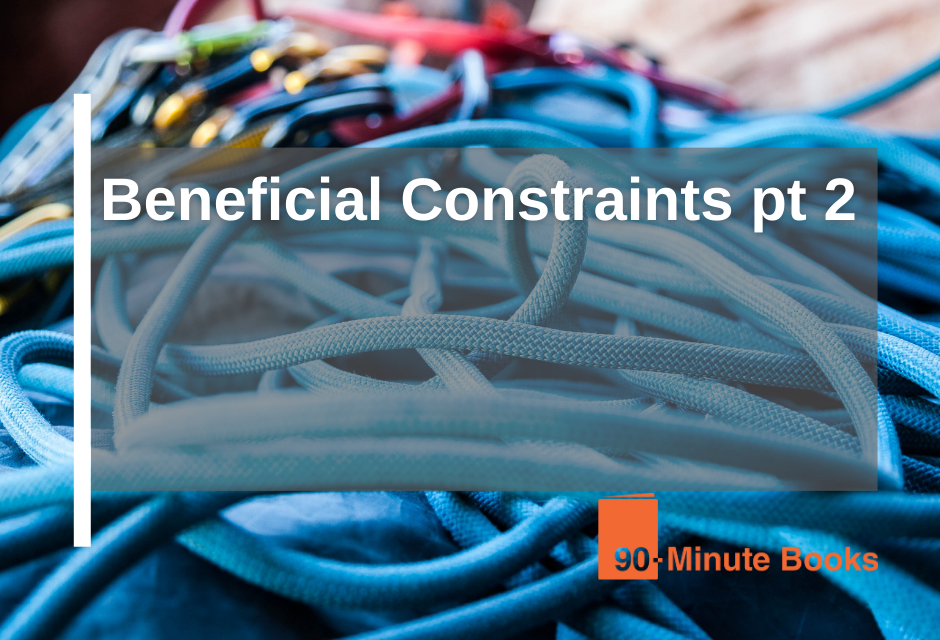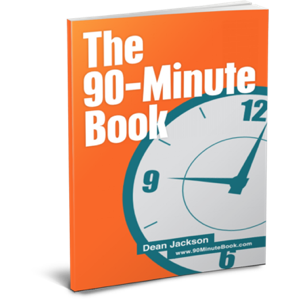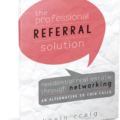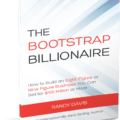Every once in a while, we like to recap and look at some of the things that can make a book great. We have a resource called the ”Book Blueprint Scorecard”, a list of eight mindsets we go through that help us create the best book possible for the business. Number seven of these mindsets is beneficial constraints.
This idea of Beneficial Constraints looks to help us understand that sometimes less allows us to achieve more and what are the real and artificial constraints we can use to our benefit to get a book out there and build our business.
Beneficial Constraints Broken Down
1st level
So the lowest level is where you haven’t considered any constraints to the writing. You want to include as much content as possible. You might have all of the other elements dialed in, so you know who you’re talking to with a single target audience,
you’ve picked a title, and you know where you want to lead them in a call to action. But there’s no thought of how to constrain that into a specific set of time, effort, attention, money, or whatever element it is to tie in those other things you have defined.
So, the first level, the most basic level, hasn’t even been considered at all.
2nd level
The second level is then you’re focusing on the specific problem to answer but haven’t clearly defined the scope of the content. So what not to include, just as much as what to include. So, you might have the outline defined. The purposeful outline that we talk about. But you haven’t tied it in to say, “OK, within the outline, here’s where I’m going to limit it.” And also, you haven’t given yourself a deadline or think of any reason to do it this year versus next year. So, we’re considering it a bit more in the second level. We’re starting to…
The concept of a constraint is there, but you haven’t defined it in any way.
3rd level
So the third of the four levels is you have a clear scope in mind and a specific deadline. So, the two main elements that fall into the scope group problem of drift, you’ve thought about those two things and narrowed the content down to the things that you are and aren’t going to include that deliver on the promise of the title. It meets the outline to get the person from the want… From the start to the end. But you’ve also given yourself those additional constraints. Really drilling down to the next level.
4th level
And then at the highest level of this particular mindset, you really, starting with the end in mind, you know the purpose of the book, in terms of the funnel, the campaign in which you’re going to use it. You understand and kind of internalize the job of work that this book is doing, so there’s no mistake about whether it’s trying to just collect as many leads as possible in a quicker time as possible. And then just quickly take people into the follow-up process, versus you trying to get access to a particular group of people or address a particular industry or speak at a particular event, or use it for some media opportunities and speaking on local news like we were talking about in last week’s show.
So, the highest mindset level of beneficial constraints is all of that is very clearly defined. So you’ve got a very clear and locked down scope because you know that any additional work outside of that job of work and purpose is wasted effort, all the effort that could better be spent elsewhere.
Two main parts of constraints are easy for people to conceptualize.
- One is the scope constraints of the amount of stuff that goes into it. a Content constraint
- And the other one is the idea of a particular deadline. a time constraint.
The challenge with deadlines is that most of us are in positions where it can be difficult for external people to impose a deadline because we’re often responsible for the outcome at the end of the day. So if we don’t do it, we’re only really letting ourselves down.
It is also important to temper your constraints. piling too many constraints on yourself will often have a negative effect. There is a range in which it makes sense and one in which it doesn’t. So, just bear that in mind as you think about constraints.
In Conclusion
It is important to understand the differences between breadth and depth. find the balance between writing too much and writing too little. then, and only then, will the constraints work in your favor. head to the podcast where Stuart and Betsey delve deeper into this hot topic.











